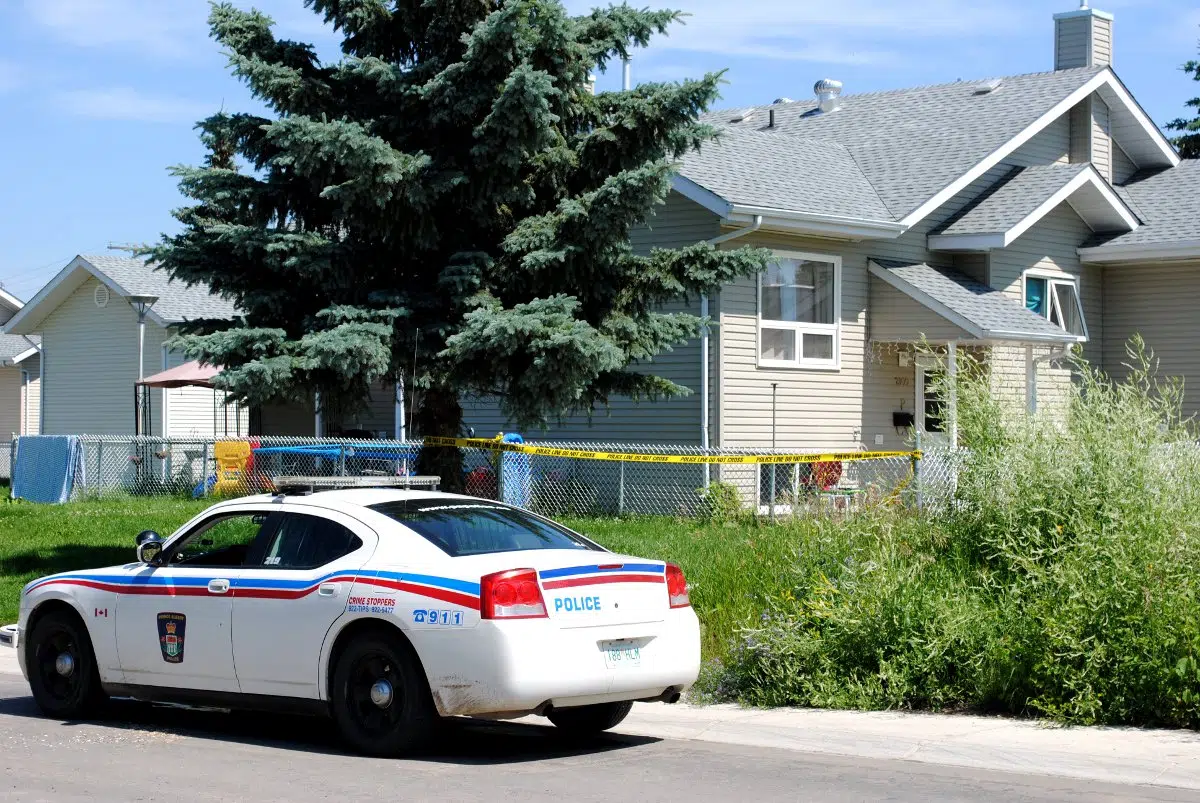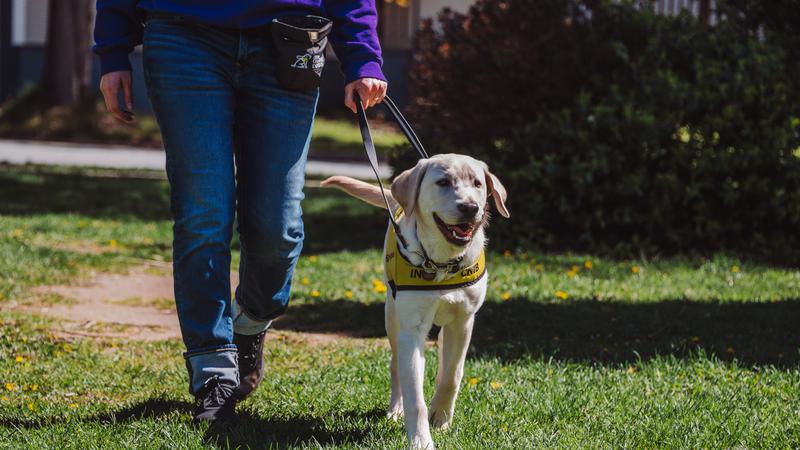
Officers who shot man tell inquest it was only option
The inquest into a man’s death after being shot by two Prince Albert police officers revolves around a moment that “seemed like a flash.”
Cst. Ryan Banadyga was the responding officer after a call about a woman who was chased and punched in the head outside an East Hill apartment by her boyfriend. This happened on the evening of July 9, 2013.
The man who threw the punches was Ryan Natomagan-Nelson, 26.
Cst. Banadyga told a jury the victim pointed him to the split level apartment where Natomagan-Nelson went after the assault.


